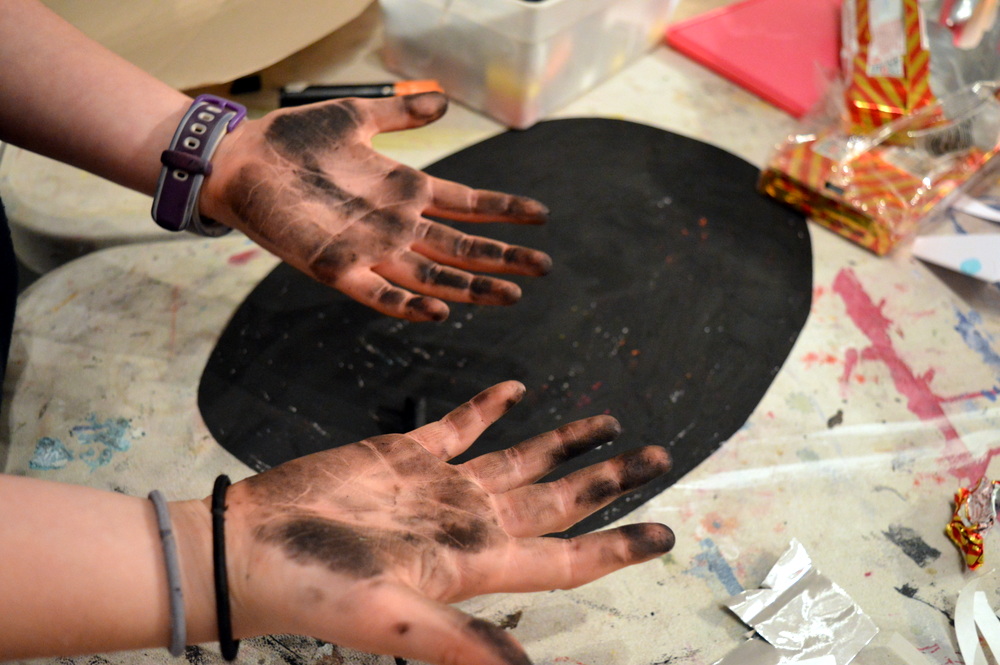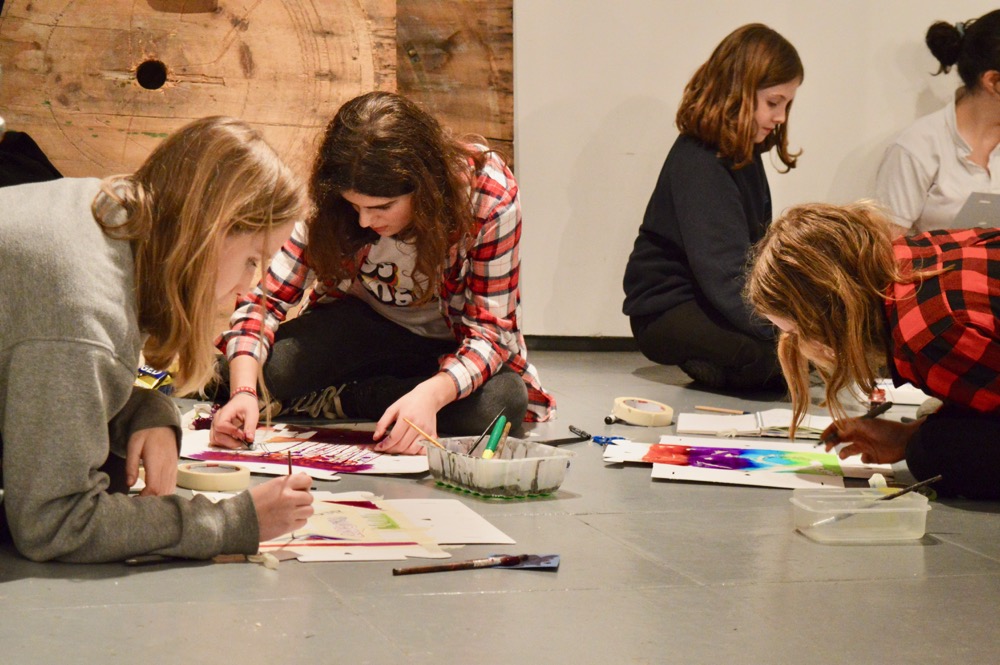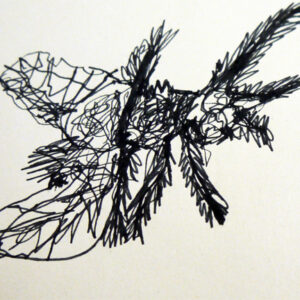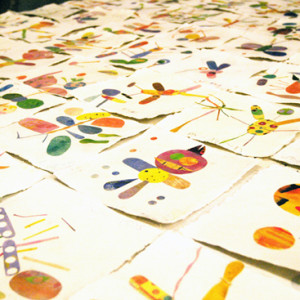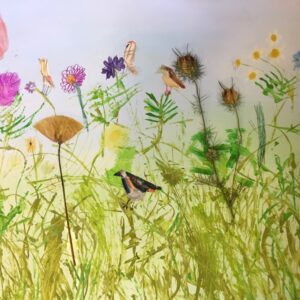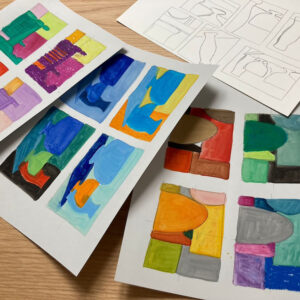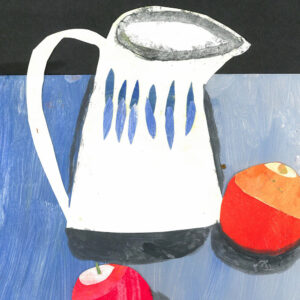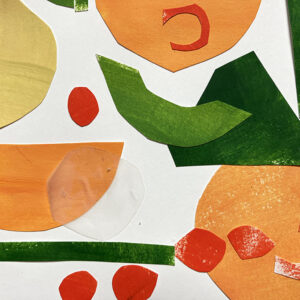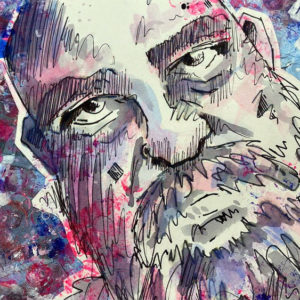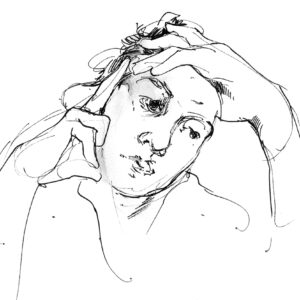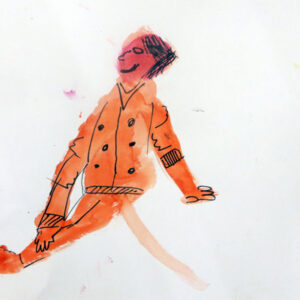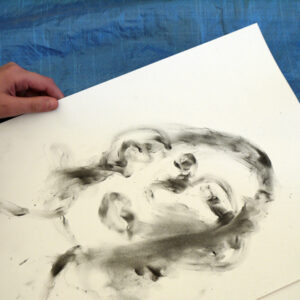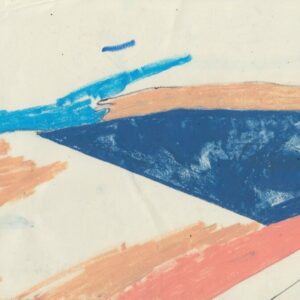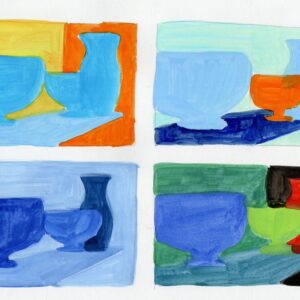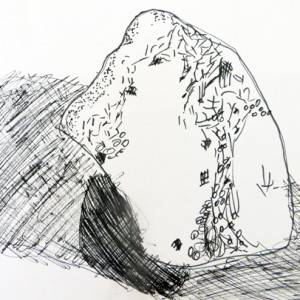In the series ‘How Artists Use Their Sketchbooks’, we are celebrating the different ways in which artists use their sketchbooks, spanning across a range of disciplines, to open up minds as to what a sketchbook is and can be, from the perspective of practicing artists.
In this video, AccessArt team member and mixed-media artist Morag Thomson Merriman shares with us how she experiments with materials in her sketchbooks, to capture moody and atmospheric landscapes and objects that tell a personal story.
Log in as a member to watch the full video below.
To access all content, I would like to join as…
AccessArt is a UK Charity and we believe everyone has the right to be creative. AccessArt provides inspiration to help us all reach our creative potential.
